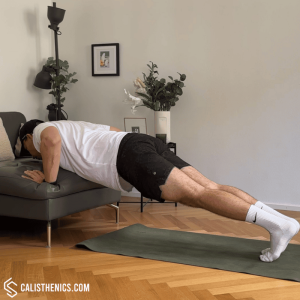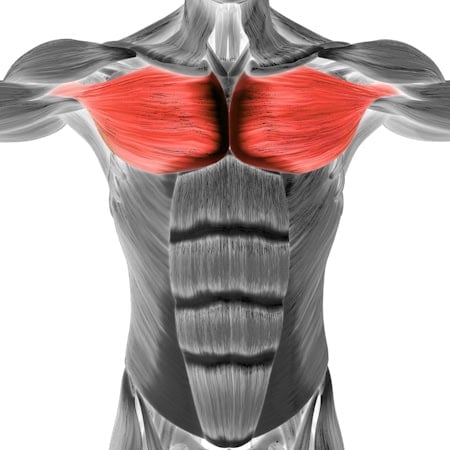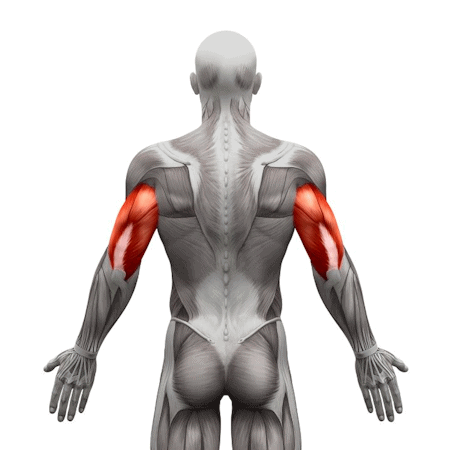Incline Push-ups
How to do Incline Push-ups?
Incline push-ups are an easier variation of the traditional push-up where your hands are placed on an elevated surface, such as a bench, box, or step. This angle reduces the amount of body weight you need to lift, making it easier than regular push-ups while still effectively engaging the chest, shoulders, and triceps. Incline push-ups are ideal for beginners, individuals building strength, or those recovering from injuries.
Steps to Perform a Proper Incline Push-up
1. Set Up an Elevated Surface:
• Find a sturdy surface, such as a bench, box, or step, that is stable and won’t move when you press against it. The higher the surface, the easier the push-up will be.
• Place your hands on the edge of the elevated surface, slightly wider than shoulder-width apart. Your hands should be in line with your shoulders.
2. Walk Your Feet Back:
• Step your feet back until your body forms a straight line from your head to your heels. Your legs should be straight, with your core, glutes, and quads engaged.
• Ensure your shoulders are directly over your wrists, and keep your body aligned without sagging or arching your back.
3. Lower Your Chest Toward the Surface:
• Inhale as you bend your elbows and lower your chest toward the elevated surface. Keep your elbows close to your body or at a slight angle (about 45 degrees) to protect your shoulders.
• Lower yourself until your chest is just above the surface, or as far as your range of motion allows, while maintaining control.
4. Push Back Up:
• Exhale as you press through your hands, straightening your arms and pushing your body back to the starting position.
• Maintain a straight body line, and avoid letting your hips sag or lifting them too high.
Benefits of Incline Push-ups
• Beginner-Friendly: Incline push-ups are ideal for beginners or those working up to full push-ups because they reduce the amount of body weight you need to lift, making the movement more manageable.
• Builds Upper Body Strength: This exercise effectively targets the chest, shoulders, and triceps, helping to build strength in the upper body with less strain than regular push-ups.
• Improves Core Stability: Holding a plank position while performing incline push-ups engages the core muscles, improving overall stability and core strength.
• Promotes Proper Push-up Form: Incline push-ups allow you to practice the correct push-up form with less intensity, making them a great progression exercise for mastering full push-ups.
• Increases Muscle Endurance: Regularly performing incline push-ups helps improve muscle endurance in the upper body, especially in the chest, shoulders, and arms.
• Low Impact: Incline push-ups put less stress on the wrists and shoulders than regular or decline push-ups, making them a safer option for individuals with joint issues or recovering from injury.
• No Equipment Needed: You can perform incline push-ups anywhere with a sturdy elevated surface, making them convenient for home workouts or while traveling.
Tips for the proper execution of Incline Push-ups
Core Engagement: Keep your core tight to prevent your hips from sagging or rising too high. This ensures proper body alignment and protects your lower back.
Hand Placement: Your hands should be placed directly under your shoulders. Adjust the width based on comfort, but ensure that your elbows don’t flare out too much.
Body Positioning: Ensure that your body forms a straight line from your head to your heels throughout the exercise. Engage your glutes and quads to maintain this alignment.
Controlled Movement: Lower yourself slowly to engage your muscles fully and avoid rushing through the reps.
Breathing: Inhale as you lower yourself and exhale as you push back up. Proper breathing helps maintain strength and stability.
Muscles worked when doing Incline Push-ups
Primary Muscles:
•Chest: Pectoralis major and minor (emphasis on the lower portion of the chest)
•Shoulders: Anterior deltoids
•Triceps: Triceps brachii (back of the arms)
Secondary Muscles:
•Core: Abdominals and obliques (for stabilization)
•Lower Back: Erector spinae (helps maintain proper posture)
•Glutes and Quads: Engaged to maintain body stability and alignment
•Forearms and Wrists: Stabilized to control the push-up motion
Primary Muscle(s):
Secondary Muscle(s):
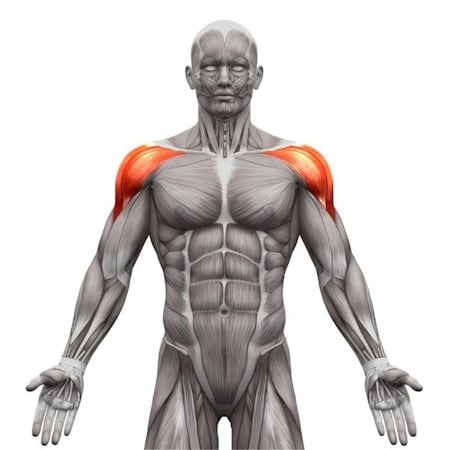
Anterior delt
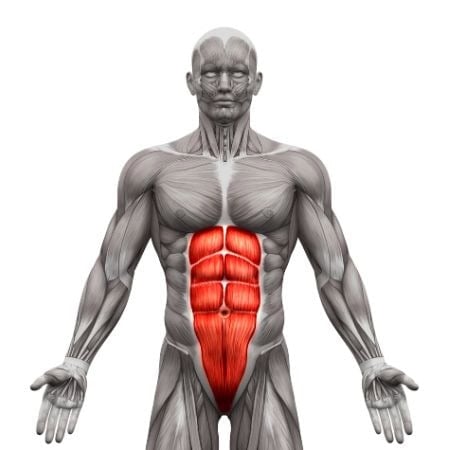
Abdominal
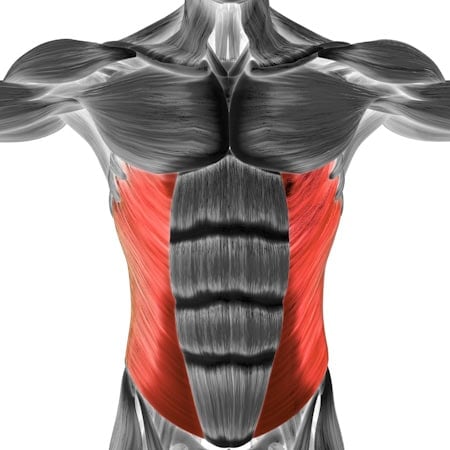
Oblique
Adjust the difficulty of Incline Push-ups
How to make Incline Push-ups harder?
How to make Incline Push-ups easier?
How to make Incline Push-ups harder?
To make Incline Push-ups harder:
-
Lower the Surface: Decrease the height of the surface to increase the intensity. As you get stronger, move to lower surfaces like a step or chair to approach a traditional push-up.
-
Add Resistance: Wear a weighted vest or place a small weight plate on your upper back to add resistance and make the exercise more challenging.
-
Increase Repetitions or Sets: Perform more repetitions or sets to increase the intensity and build endurance.
-
Plyometric Incline Push-ups: Incorporate an explosive element by pushing off the surface forcefully and letting your hands leave the surface before returning to the starting position.
How to make Incline Push-ups easier?
To make Incline Push-ups easier:
-
Increase the Height of the Surface: Use a higher elevated surface, such as a countertop or tall bench, to reduce the intensity of the exercise.
-
Start with Fewer Reps: Begin with a smaller number of repetitions (5-8) and gradually increase as your strength improves.
-
Shorten the Range of Motion: Lower your body only halfway down instead of all the way, and gradually increase your range of motion as you gain strength.

